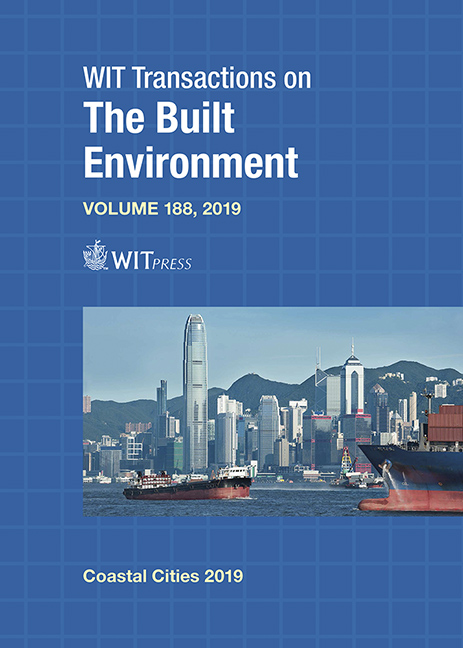EVOLUTION OF THE COASTAL ZONE MANAGEMENT LAW IN INDIA AND ITS IMPLEMENTATION: CASE STUDY OF MUMBAI METROPOLITAN REGION, INDIA
Price
Free (open access)
Transaction
Volume
188
Pages
11
Page Range
191 - 201
Published
2019
Paper DOI
10.2495/CC190171
Copyright
WIT Press
Author(s)
GURKEERAT SINGH GILL, KIRAN SHINDE
Abstract
The Union of India adopted a comprehensive Environment (Protection) Act in 1986, pursuant to the decision taken at the United Nations Conference on Human Environment held at Stockholm in 1972. However, it was not until 1991 that the first notification of the Government was issued clearly laying down the mitigation measures for extensive depletion of the coastal environment by human activities. This notification also provided elaborate procedures to regulate development of coastal areas. Notification has been amended many times – the last being in January 2019. The notifications from 1991 have majorly affected the high value properties in the coastal cities all along the 7,516 km of the country’s coastal stretch. This pinching of the property rights has created multiple pressure points and contrasting vested interests of the property owners, the local governments and the environment activists. Stakeholders have impacted the status of the coastal zones – in its flora, fauna, geographical extensions, social and economic potential and its exploitation. The response has been changes in law, judicial activism, and environmental litigation. Integration of the Coastal Zone Management Plans with the local laws is a major challenge. The Constitution of India provides for both exclusive and shared jurisdiction for the Union, State and Local Governments. This triad of jurisdictions has kept integrated management of the coastal zone at bay – at least at this time. The Mumbai Metropolitan Region is financially the most important region in India. The land value closer to the coast are high and the citizens have high awareness of this unique value. The same level of awareness amongst the non-property owners gives rise to intense slugfest between the stakeholders. This provides a perfect testing ground for success of the CZMPs. This paper critically analyses the evolution of law, its implementation and progressive adaptation. The Pressure–Status–Response (PSR) model will be used to analyse the impact of the law on human environment.
Keywords
Mumbai, Bombay, CRZ, environment, mangroves, urbanization, coastal zone law





